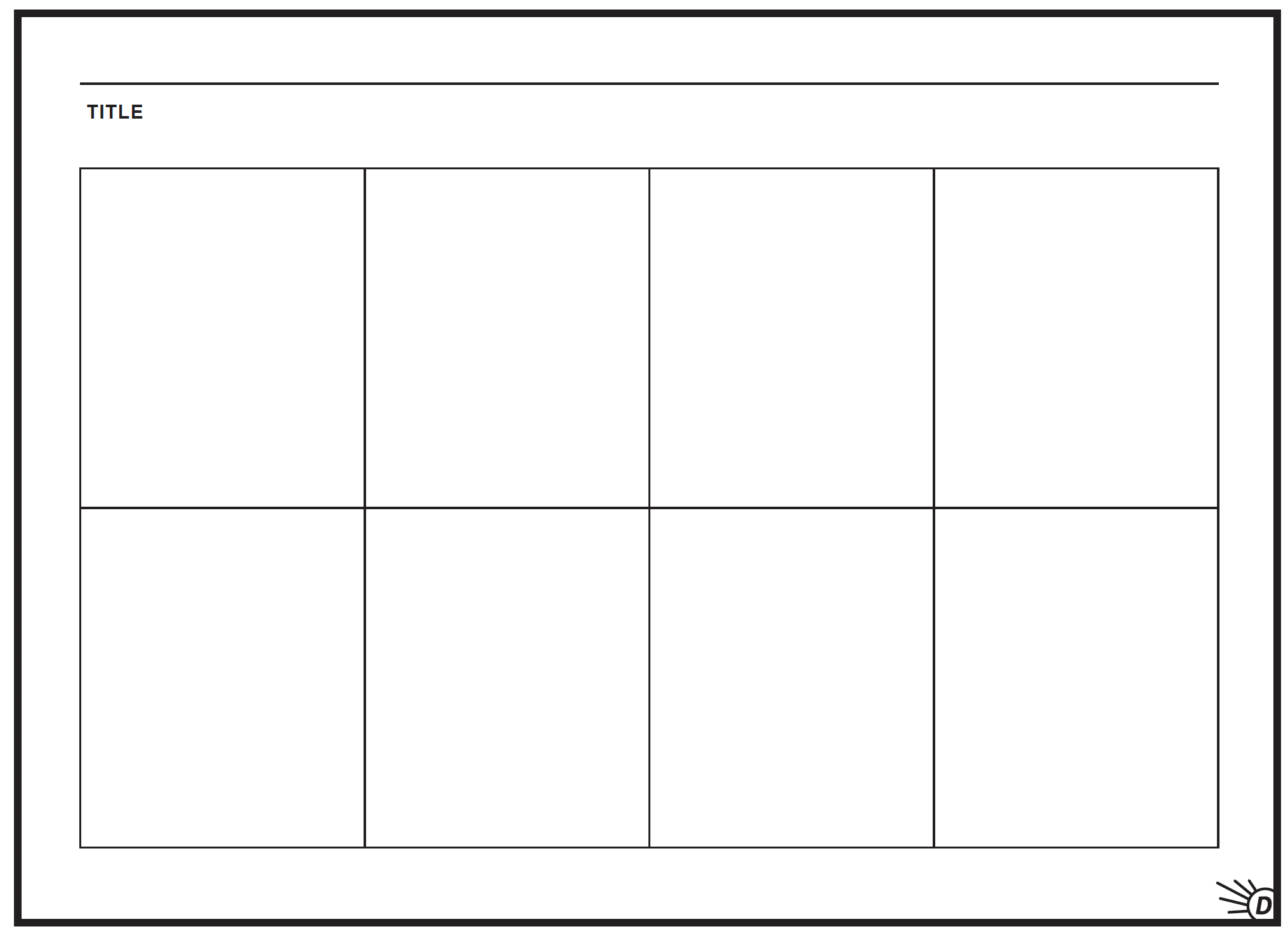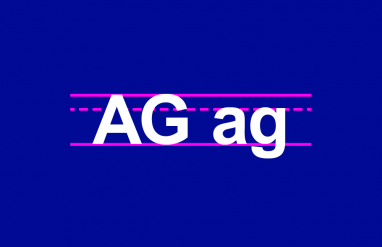Day 4: Word relationships
Self-guided activities:
1. In addition to synonyms and antonyms, words can have other kinds of relationships.
Read these examples.
2. Think of your own sentences for each relationship above.
(Use the example sentences on the definition pages for the terms as models!)
Write your example sentences in the Thesaurus.com Writing Tool!
3. Read a nonfiction article or book about the causes and effects of deforestation.
Keep track of any unfamiliar words as you are reading by writing them down, looking up the definition on Dictionary.com, and recording it in a Word Log. Remember to add to your Word Log as you encounter new words!
Psst! Not sure where to begin? Visit the U.S. Geological Survey website for background information!
Family time activities:
1. Word sort
Write down science words on index cards—one word to each card.
Then sort the words into groups any way you choose. The only rule is that the words in each group must have something in common.
See if a family member can guess the name of each category!
2. Work together to draw a large diagram of a natural landform, habitat, or process (such as the formation of a volcano), and label the different parts.
To make your diagram even more interesting, use collage techniques and textured materials to fill in each part!
When you are finished, discuss how the separate parts relate to the whole process or concept.






















